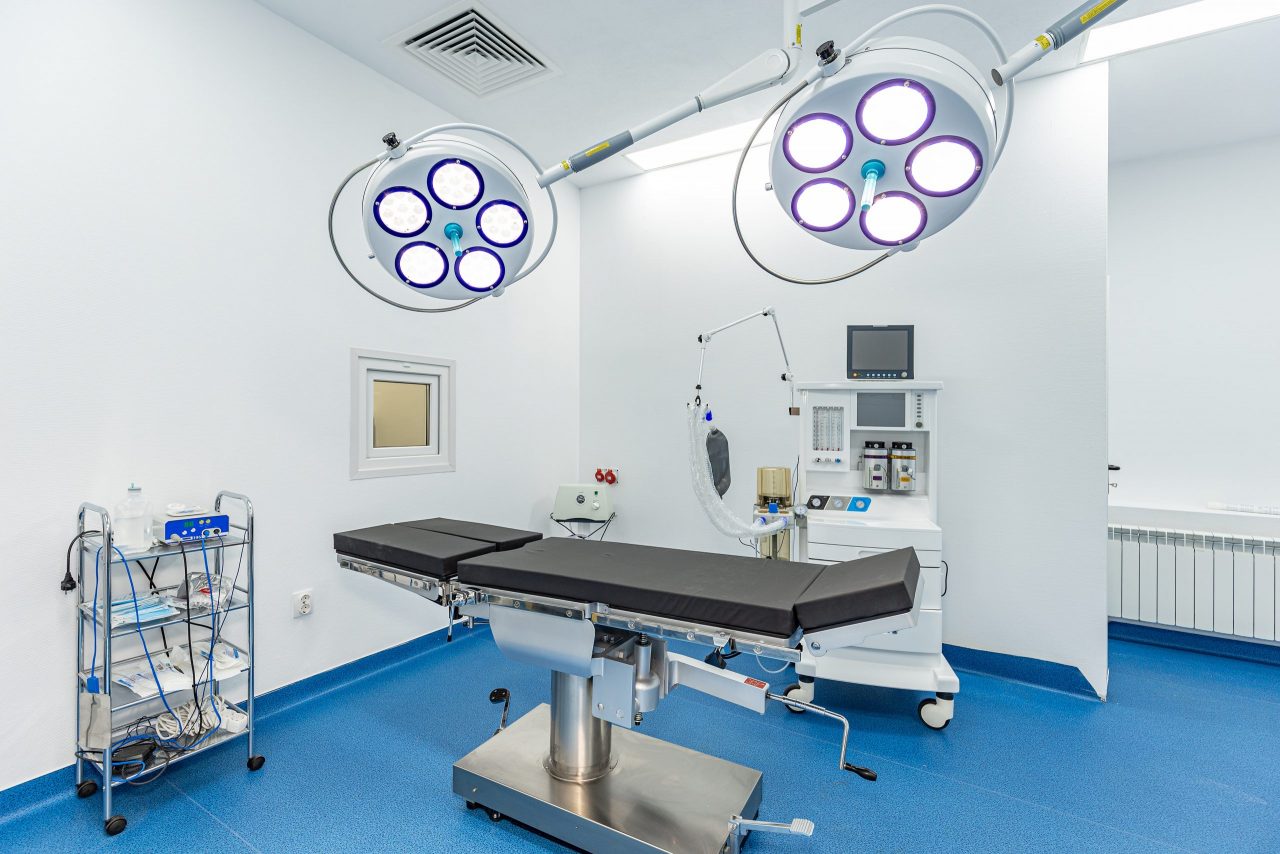Operating tables or also called surgical tables are used in the operating room to position the patient during a surgical intervention. They consist of a main platform, on which the patient can sit or lie down and which can be divided into several sections, and a central base that allows the height and inclination of the table to be adjusted. They basically have:
- Head plate.
- Back plate module.
- Middle central segment.
- Seat / leg plate module.
- Leg plate module.
- Operating lever.
- Network connection socket.
- Table control switch.
- Connection for potential equalization cable.
- Rating plate.
- Driving screw.
- Drive plate.
- Unity of command.
- Control unit and foot switch connection socket.
- Column management panel.
How does an operating table work?
Operating tables use a power source to make various adjustments, such as the height of the table or its tilt. We can find: electric operating tables and hydraulic operating tables.
What technologies can an operating table have?
The height and inclination of the table sections are usually adjustable for greater comfort of the surgeon when it comes to intervening. In addition, the table supports a multitude of accessories to provide additional support for the patient.
A first distinction is made in the field of operating tables, that is, between universal operating tables and special operating tables, which in turn are declined in different models, depending on the specialties.
- Universal operating tables: for general, digestive and minor surgery. They are very versatile and adapt to the majority of vascular, bladder, cosmetic surgery interventions, among others.
- Special operating tables: for one or more medical specialties. They are distinguished by their configuration and / or by their specific accessories. For instance:
Gynecological operating tables: allow a sitting or decubitus position, with Göpel-type leg rests.
Orthopedic operating tables – These typically support leg rests and traction frames. They have been designed to facilitate intervention and maneuverability and allow the surgeon to easily move the patient.
Ophthalmic operating tables: these are convertible tables with a specific headrest for positioning the patient.
What technical criteria must be taken into account in terms of installation and maintenance of an operating table?
- Size and space available: the dimensions of the table and the space required depending on its different positions. The position of the patient varies according to the type of surgery, hence the importance of taking into account the different movements of the table.
- Power mode: in the case of electric tables, for example, a power source will be needed nearby.
- Compatibility of accessories: it will be necessary to check the compatibility of the table with the different accessories depending on the applications; These include legrests, traction frames or IV poles.
- Safety – Patient safety is the most important. It will be essential to take into account the antibacterial, antifungal and fire retardant properties of the table surface. Not forgetting the maximum load that the table can support, in particular to avoid any risk of falling for obese patients.
At Kalstein we are MANUFACTURERS and we offer you innovative operating tables at excellent PRICES. That is why we invite you to take a look at the Products menu. HERE


